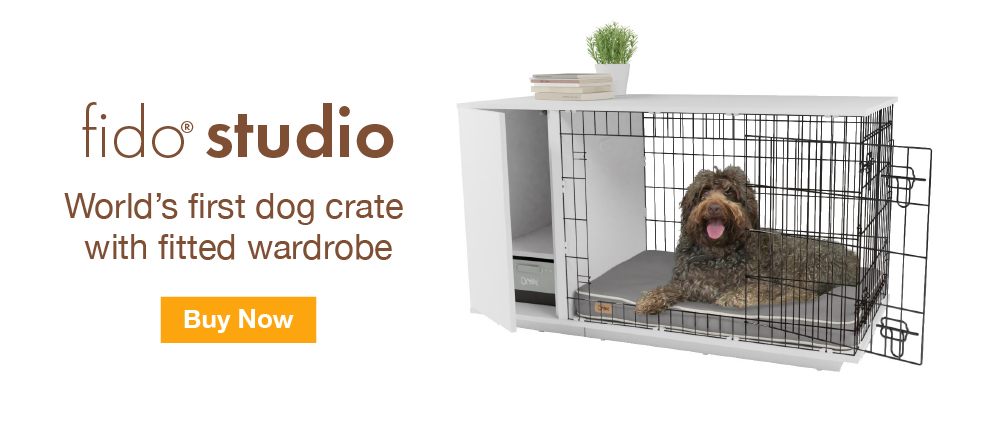Italian Greyhound Dogs
















History
The Italian Greyhound is an ancient breed. Skeletons have been found dating back over 2000 years, but their original function has been lost over time. They were most likely used as companions and to hunt and catch small rodents. They spread throughout Europe during the Middle Ages and became a popular breed amongst Royalty and Nobility. They are classed as sighthounds, have excellent vision and are quick when prey is spotted.
Behaviour
The Italian Greyhound is a smart, loyal and sensitive breed. They’ll want to be by your side and snuggle up next to you whenever the chance arises. They will burrow under your duvet and sleep in your bed, whether you are also in there or not. They are good with older children, but are quite fragile and won’t enjoy the tougher “rough and tumble” play that smaller kids like. Their prey instinct is strong, making them unsuitable with cats and other small pets, unless they are brought up together. They can be wary of strangers. They make good watch dogs and will bark whenever someone enters the property. Socializing them with other people and dogs when they are still puppies will lead to a more well-rounded dog during adulthood.
These dogs have thin legs and fine bone structure, this paired with their love for jumping and running makes them prone to broken legs. Italian Greyhounds are a friendly breed who enjoy playing with other dogs, but make sure to be careful with much larger dogs as overly rough play could result in a trip to the vets and a leg in plaster. Whilst these are intelligent dogs, training can take a bit longer due to their sometimes stubborn “what’s in it for me” attitude to things. Short training sessions with food based rewards and positive praise will work best with this breed. Even once fully trained, recall can be a problem; they are, afterall, sighthounds and once they’ve spotted something they’ll be off. Italian Greyhounds can reach speeds of up to 25 mph so you stand little chance of catching them.
Despite their smaller size, these dogs have a large amount of stamina and will need a few walks per day to keep them satisfied. They can also make good jogging partners as they have a natural love for running. Italian greyhounds aren’t the greatest fans of cold/wet weather and may choose to stay indoors if it’s particularly unpleasant outside. They will also need a coat during the colder months as their thin skin and short fur do little to protect them from the elements. This breed is notoriously difficult to house train, so maybe not the best choice if your floors are fully carpeted. Competitions such as agility and lure coursing will all be great fun for this breed.
Their short coat requires minimal grooming. Health wise they are a reasonably long lived breed; apart from leg breaks, they are prone to cataracts, Progressive Retinal atrophy (PRA) and sometimes epilepsy.
Temperament
Italian greyhounds have a friendly, loving, devoted yet also sensitive temperament. Much like their English cousins, they love to curl up next to you and have some quality cuddle time. When outside they’ll follow the traditional Greyhound attributes being absolute speed machines.
They do get on well with other dogs, but can become timid in adult life if not socialised during their early years. They may also be wary of strangers but will be loving to their close family. Chasing cats is a favourite pastime for this dog.
Health Problems
Italian Greyhounds are prone to a range of dental diseases, and may sometimes suffer epilepsy, leg fractures, progressive retinal atrophy (PRA: degeneration of the retina which can lead to blindness), skin diseases, and patellar luxation (dislocation of the knee cap).
Breed Details
- Status: Common
- Life Expectancy: 12 - 15 years
- Weight: 8 - 18 lbs
- Height: 13 - 15"
- Rare: No
- Coat: Short
- Grooming Requirements: Once a week
- Town or Country: Either
- Minimum Home Size: Flat
- Minimum Garden Size: Small to Medium Garden
- Breed Type: Hound
- Size: Small
- Energy Level: High
- Exercise Required: Up to 1 hour



















